Punishing Pets Doesn’t Work. Here’s How to Motivate Your Dog with Positivity
Ever scolded your dog, only to see them look at you like you’re speaking another language? That’s because, to them, you are. Dogs don’t misbehave to be defiant. They just don’t always know what you want. Punishment might stop bad behavior at the moment, but it doesn’t teach your dog what to do instead. That’s where positive reinforcement comes in. By rewarding good behavior, you help your pup understand what’s expected—without fear, stress, or confusion.
In any case, if you want a happy, well-behaved dog who actually wants to listen, it’s time to rethink training. Here are some ways to ditch the punishment and start motivating your dog with positivity!
Reward the Good Stuff
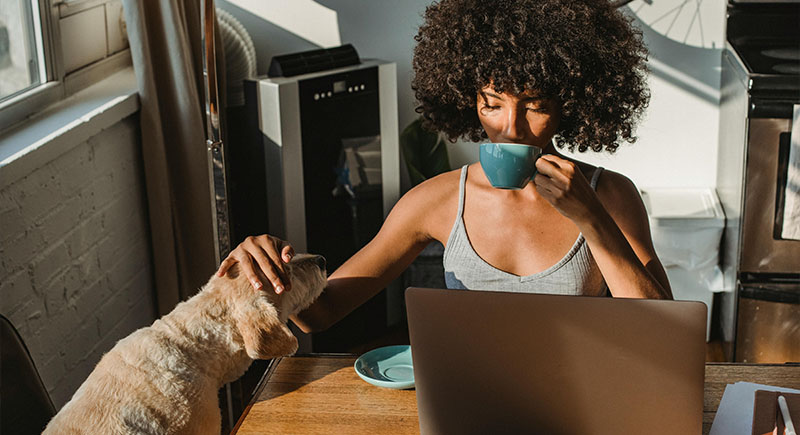
Credit: pexels
Dogs repeat behaviors that get rewarded, plain and simple. If your pup sits politely instead of jumping, reward them right away! The more they associate good behavior with good things (treats, belly rubs, or praise), the more they’ll want to do it.
Use Treats Wisely
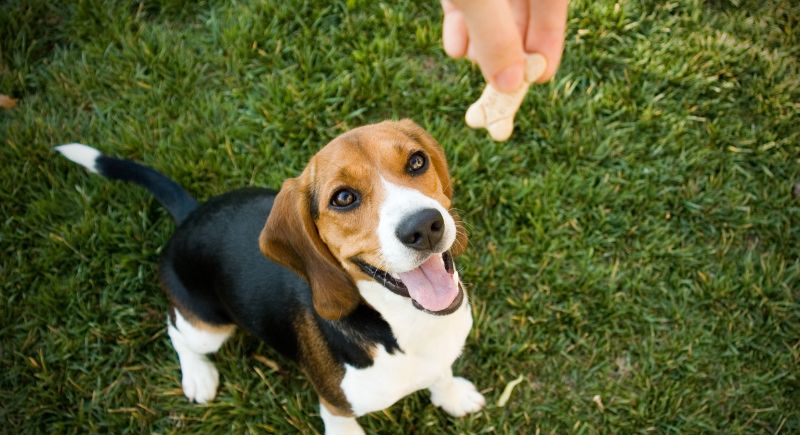
Credit: Canva
Treats are like doggie currency. Spend them well! Use high-value treats (the really tasty ones) for learning new tricks and training in busy places. Save the lower-value treats for easy tasks. This keeps your pup motivated and eager to learn.
Timing is Everything
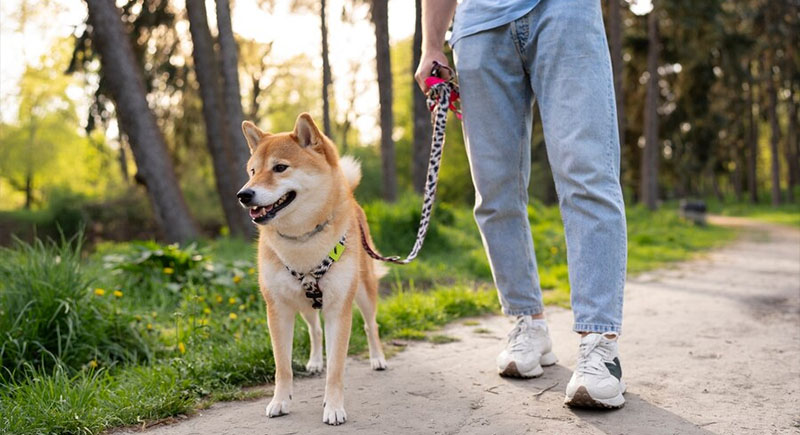
Credit: freepik
Dogs live in the moment, so if you reward them even a few seconds late, they might not connect the treat to their behavior. Be quick! If they sit when asked, treat them immediately. If they walk nicely on a leash, reward them while they’re doing it, not after they’ve pulled.
Be a Cheerleader, Not a Drill Sergeant

Credit: freepik
Would you rather learn from a teacher who yells or one who encourages you? Dogs feel the same way. Use a happy, excited voice when they get things right. A little enthusiasm goes a long way in making training fun.
Keep It Short and Sweet
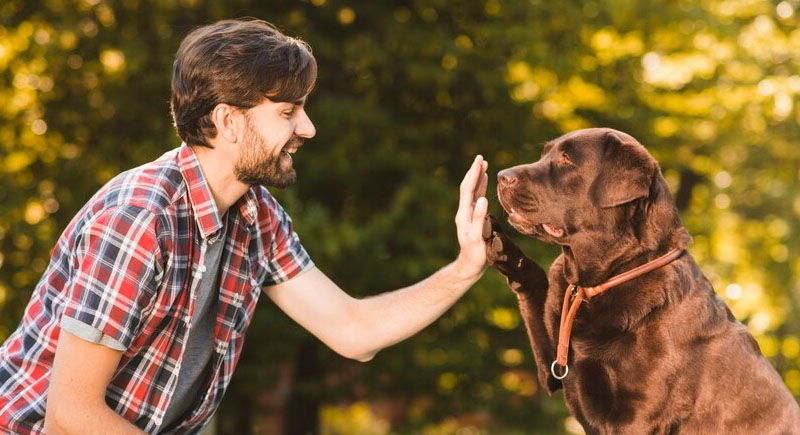
Credit: freepik
Dogs have the attention span of a squirrel on espresso. Instead of long, tiring sessions, keep training short—five to ten minutes at a time. A few fun, focused sessions each day will get you better results than one long, frustrating one.
End on a High Note
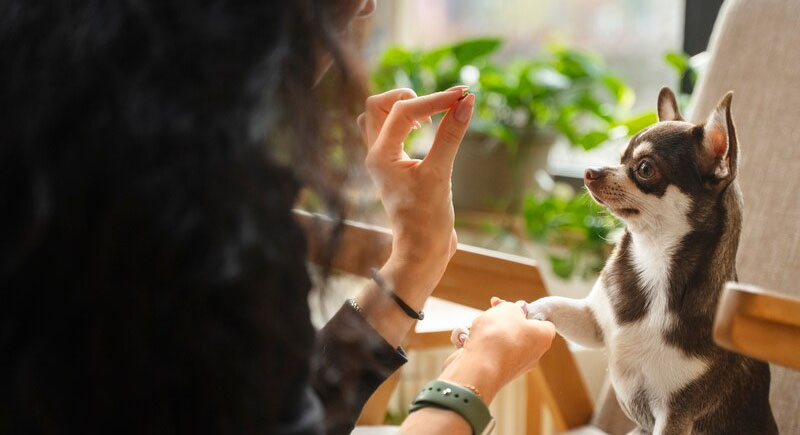
Credit: freepik
Always wrap up training sessions with success, whether it’s a simple trick they already know or just some extra praise and belly rubs. Ending on a happy note keeps your dog excited for the next session and eager to learn more.
Train with Playtime
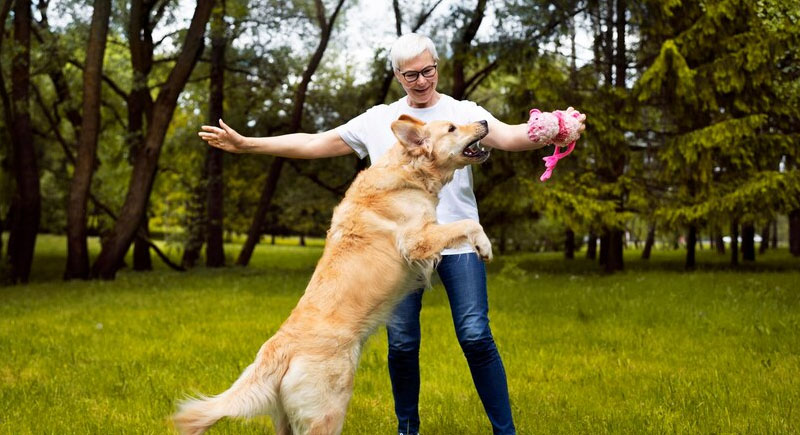
Credit: freepik
Not all rewards need to be food. Some dogs go nuts for a game of tug or a chance to chase a ball. Use their favorite activities as rewards! Training should feel like a game, not a chore.
Let Them Work for It
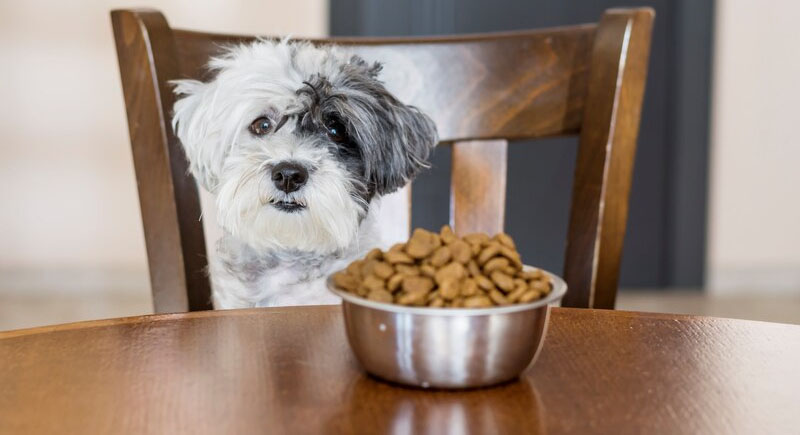
Credit: freepik
Dogs love a challenge. Instead of handing out treats for free, turn training into a game. Ask them to sit before meals, wait before running out the door, or perform tricks before getting a favorite toy. This keeps their minds active and engaged.
Be Consistent
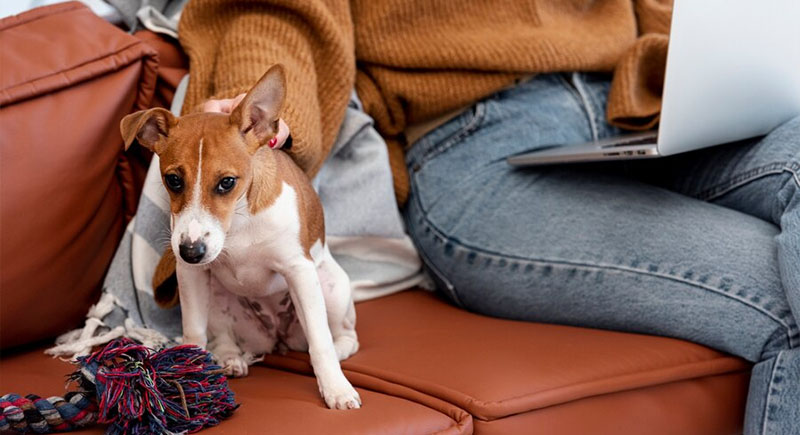
Credit: freepik
If you let your dog jump on the couch one day and scold them for it the next, they’ll just get confused. Make sure everyone in the household follows the same rules so your pup knows exactly what’s expected.
Stay Patient—Mistakes Happen
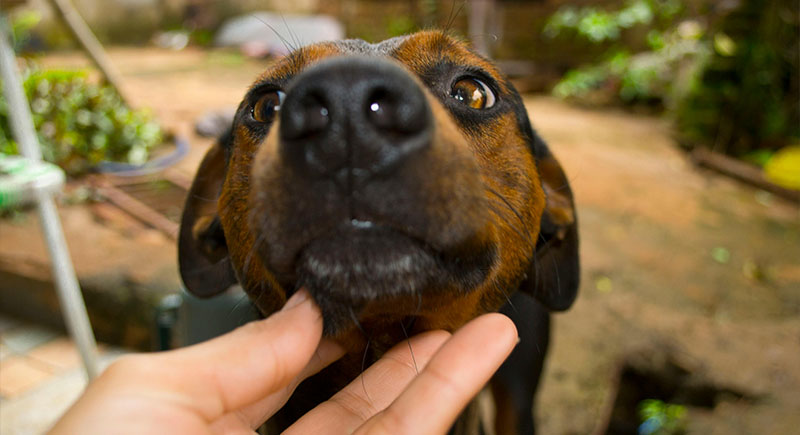
Credit: pexels
No dog learns overnight. If they slip up, don’t get frustrated—just guide them back to the right behavior and reward them when they do. A patient trainer gets results much faster than a frustrated one.
Give Them Choices
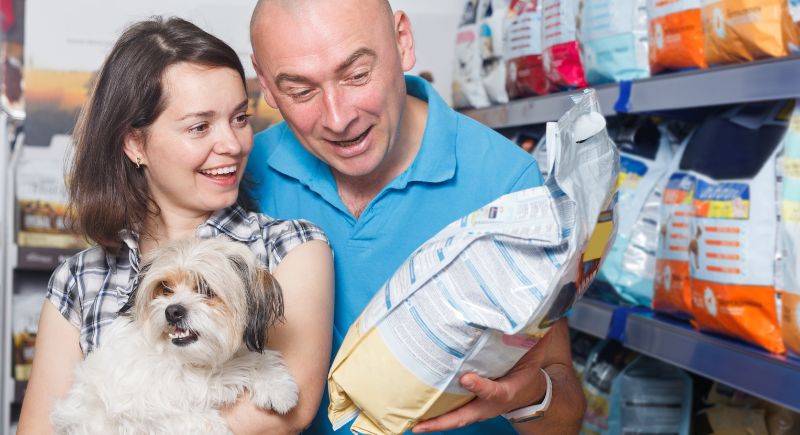
Credit: Canva
Dogs, like humans, love feeling in control. Instead of forcing behaviors, offer them choices. Want them to walk nicely? Let them pick the pace (within reason). Teaching fetch? Let them decide which toy to chase. A little freedom makes learning more fun!
Change Up the Routine
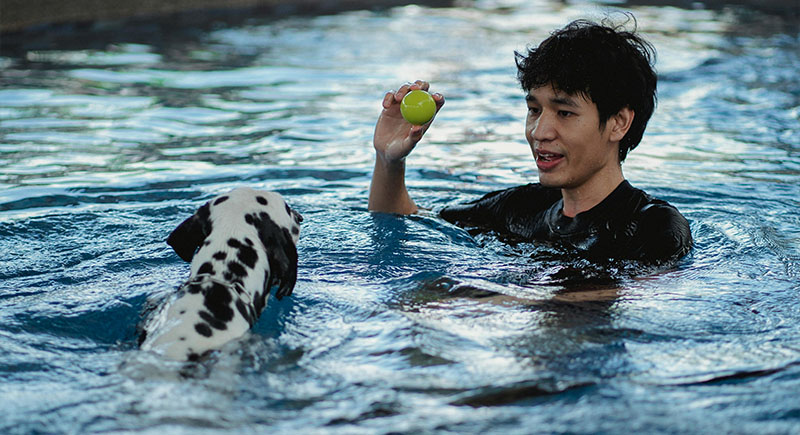
Credit: pexels
Just like people, dogs can get bored doing the same thing every day. Switch up training locations, introduce new tricks, or use different rewards to keep things interesting. The more variety you add, the more engaged and eager your dog will be to learn!
Use a Happy “Marker Word”
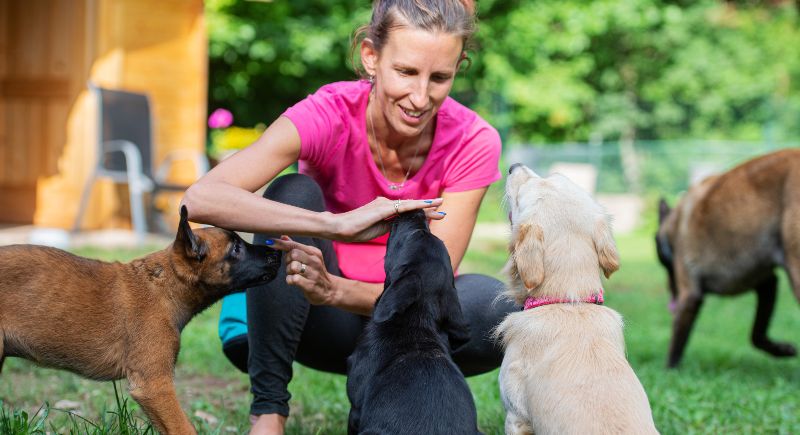
Credit: Canva
Some trainers use a clicker to mark good behavior, but you can also use a word like “yes!” or “good!” in a happy tone. This tells your pup exactly what they did right and makes training clearer and faster.
Make Training Part of Everyday Life
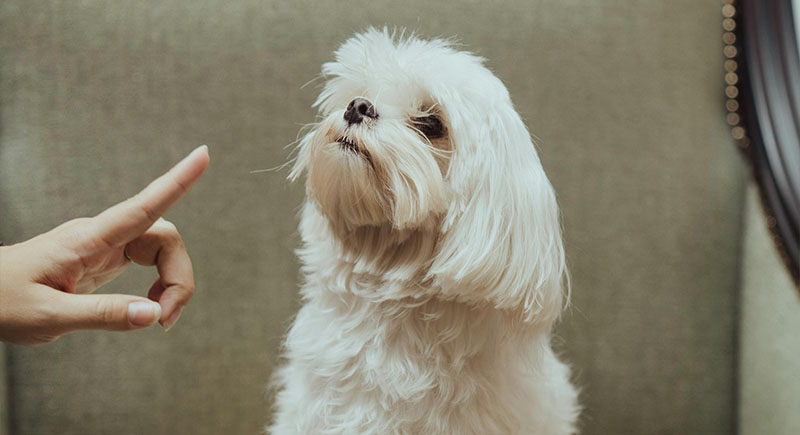
Credit: pexels
Training shouldn’t just happen in special sessions—it should be woven into daily routines. Ask for a “sit” before opening the door, a “stay” before serving dinner, or a “come” during playtime. The more they practice, the better they get!
Celebrate the Little Wins
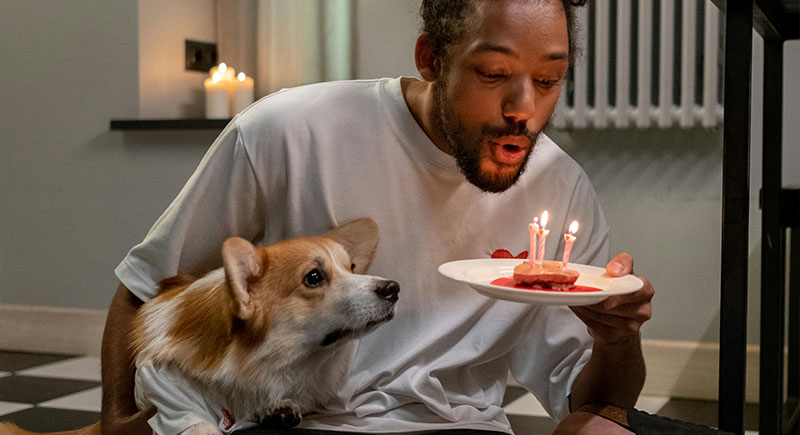
Credit: pexels
Every small step matters! Whether it’s a perfectly executed trick or just a small improvement in leash manners, celebrate your dog’s progress. The more fun training is for both of you, the more your dog will want to keep learning.
Avoiding Confusing Commands
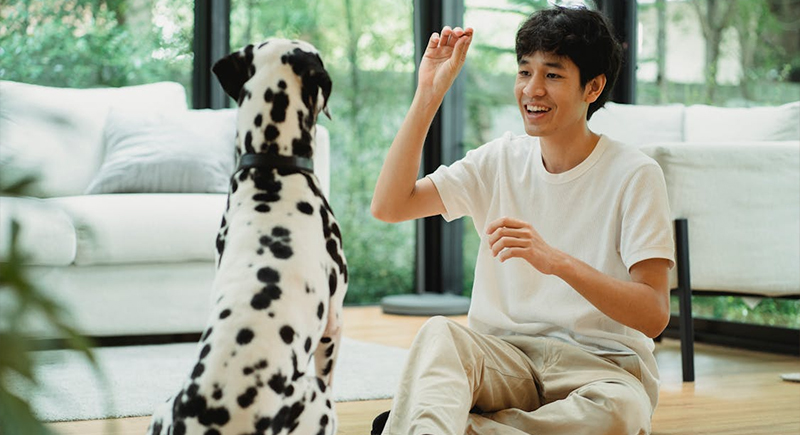
Credit: pexels
Dogs thrive when the message is clear, so sticking to simple, consistent cues makes training far easier. If one family member says “down” for lying flat while another uses it for getting off the couch, your pup gets mixed signals. Clear commands help them understand what you want, which builds confidence instead of frustration.
Reinforcing Quiet Instead of Barking
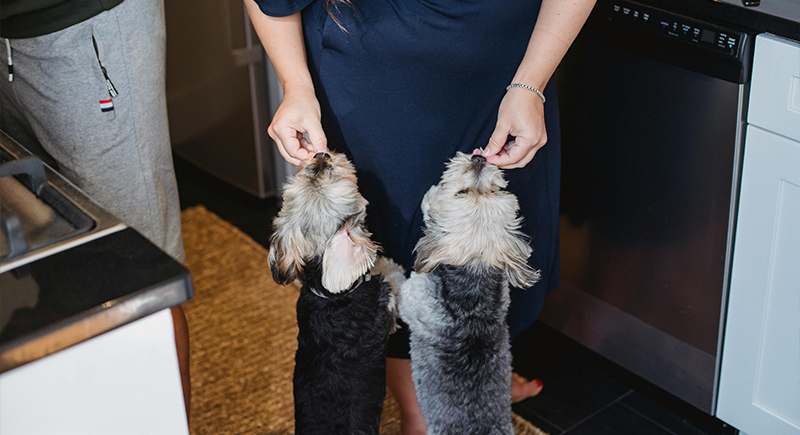
Credit: pexels
Instead of scolding noisy behavior, reward the moments your dog pauses or stays quiet. A treat or a bit of praise when they calm down teaches them that silence pays off. Over time, they learn that the quickest way to earn attention isn’t endless barking, but taking a breath and settling themselves.